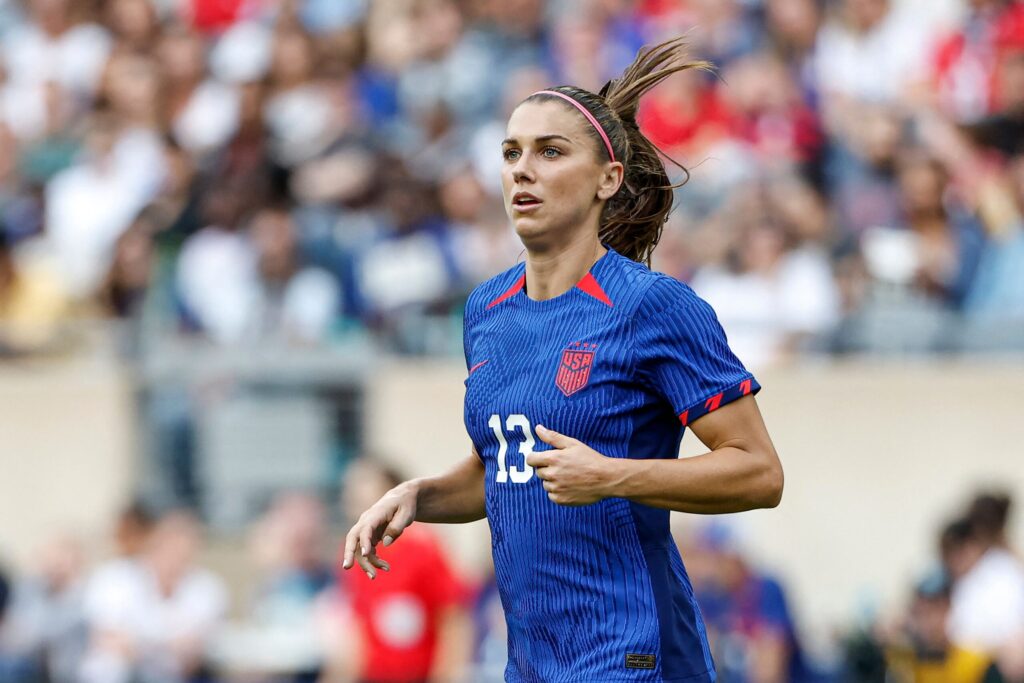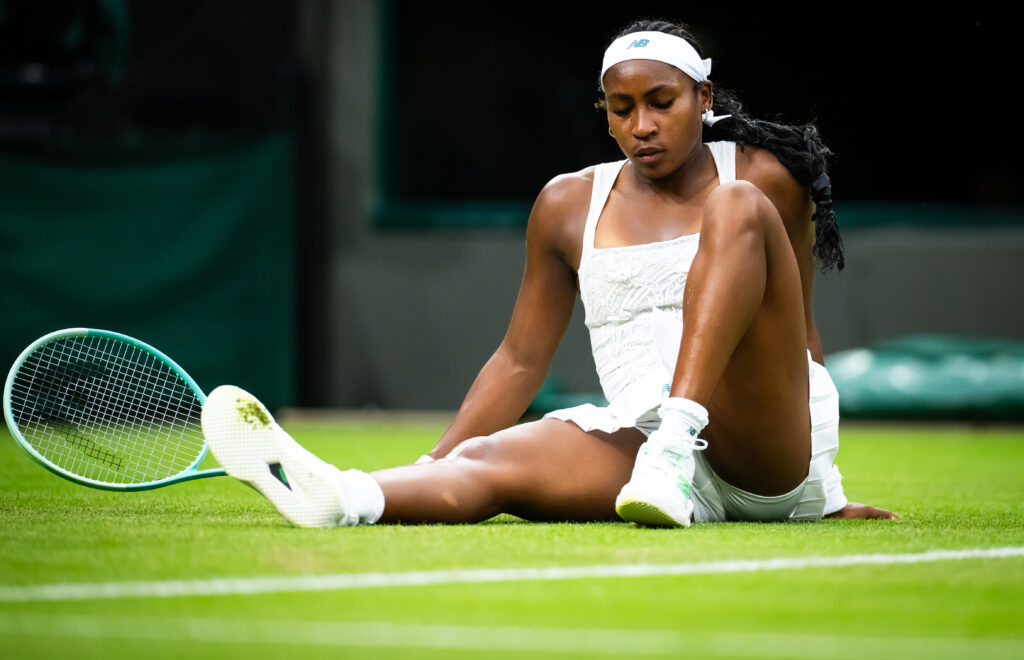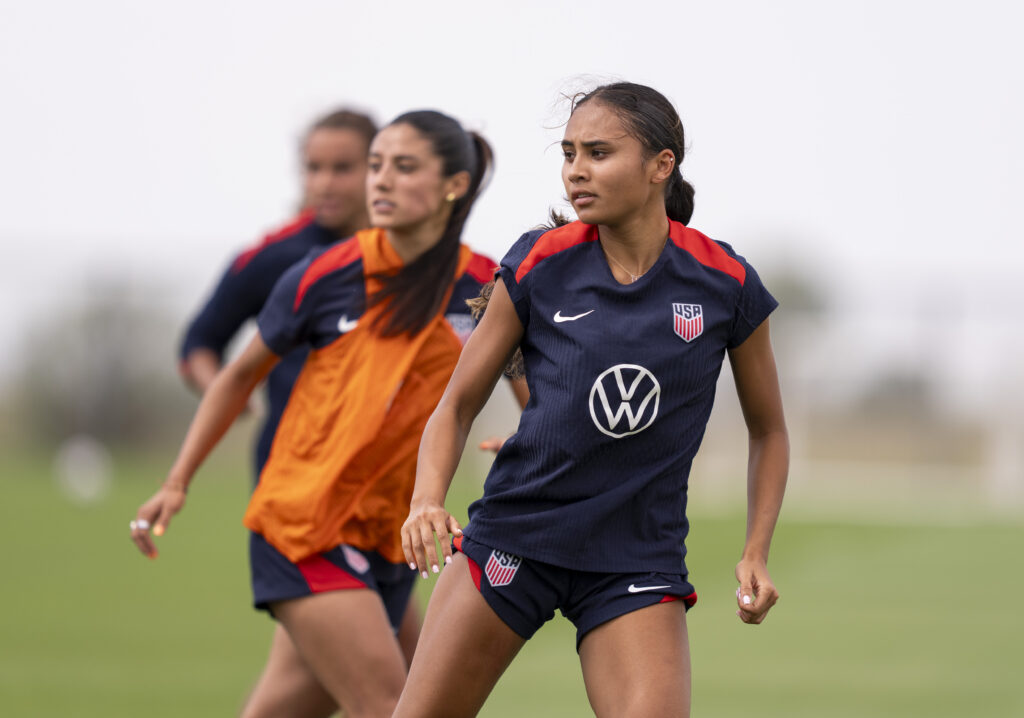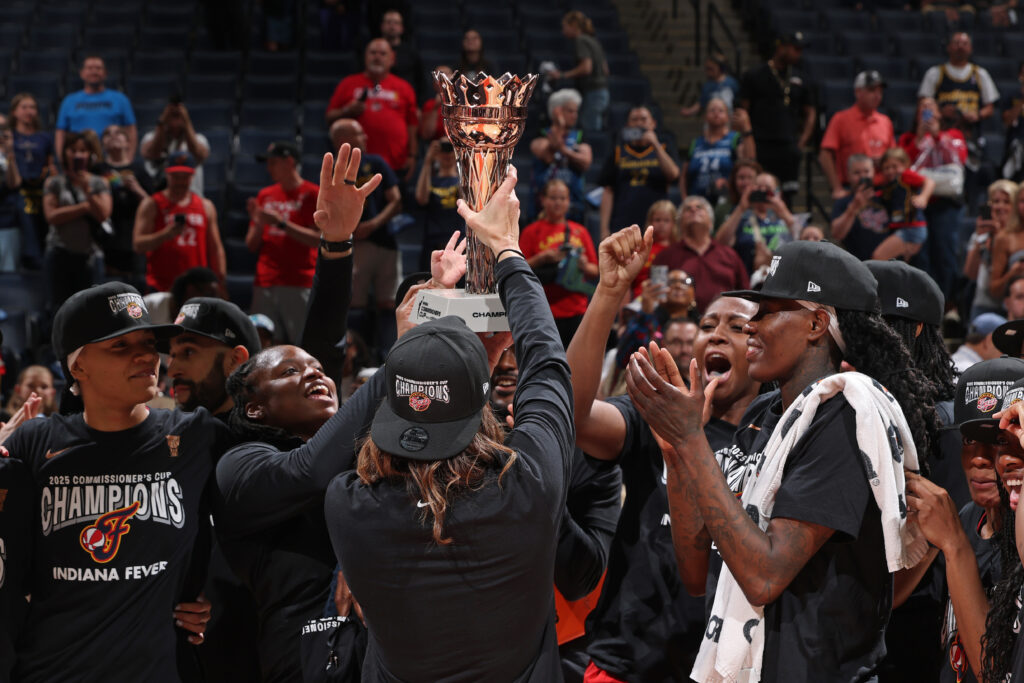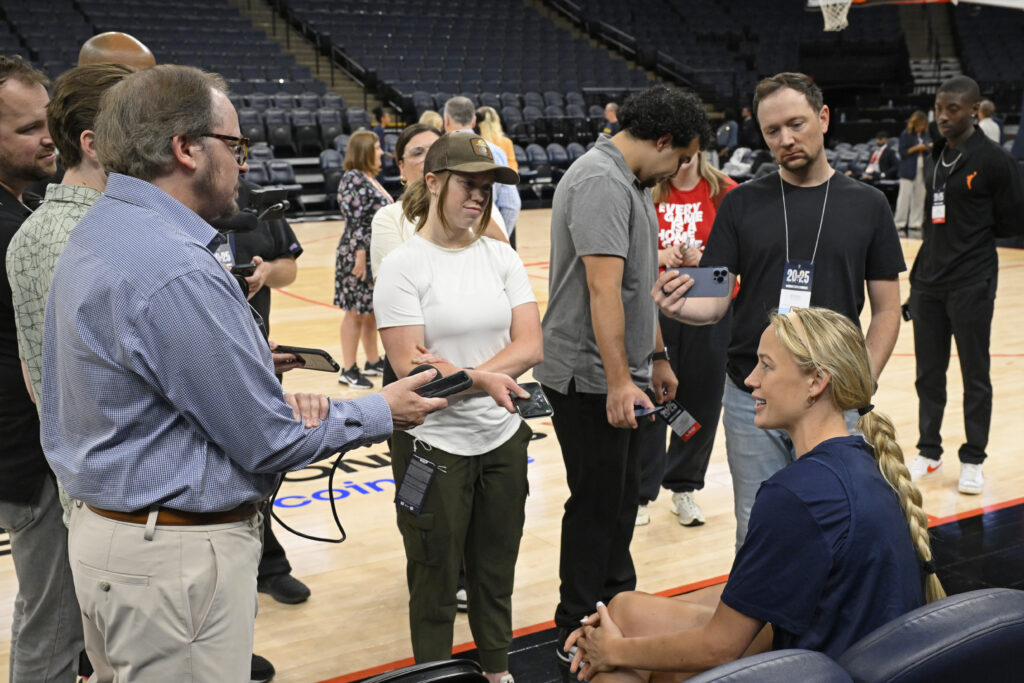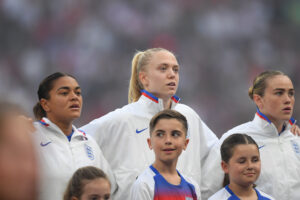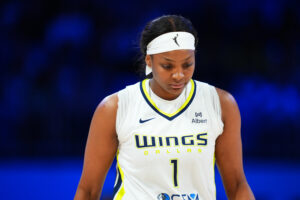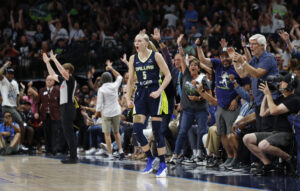The U.S. women’s national team got their mojo back during the September international break, sending Julie Ertz and Megan Rapinoe off in style with two dominant wins over South Africa. The games were filled with emotion, and goodbyes off the field influencing the USWNT’s sharpness on the field.
The performances also shined a light on a few of the lingering questions from the Vlatko Andonovski era that new management will have to investigate as the team looks toward the 2024 Olympics.
The Alex Morgan question
Alex Morgan had two perfectly-placed assists in each game against South Africa, bringing her assists total for the USWNT in 2023 to five, the most since her breakout year in 2012. The 34-year-old showcased an ability to slide into wide areas to pull South African defenders out of position and free up space for her teammates, most notably Trinity Rodman.
Both of Morgan’s assists offered a glimpse into the all-around player the striker has become later in her career, providing an improvisatory spark that opened up both matches and set the U.S. up for comfortable leads. The plays could also be indicative of the way Morgan has had to adapt her natural tendencies in order to work in a system that still reflects the way Andonovski asked her to play at the 2023 World Cup.
But for all the positive play Morgan brings to the USWNT frontline, she is still struggling to find the back of the net herself. With another international break behind her, the 34-year-old hasn’t scored for the USWNT since February nor for her club team since May. Her scoring drought has seemed to stem less from a significant decline in pace or touch (her ball control on Sunday’s assist was world-class), and more from positioning and poise. Whatever mental block is holding Morgan back hasn’t stopped her from impacting games, but it has limited her effectiveness in the role she is primarily brought in to play.
The @alexmorgan13 + @trinity_rodman combo 📈📈📈📈 pic.twitter.com/L2gGiZe1MG
— U.S. Women's National Soccer Team (@USWNT) September 26, 2023
The Emily Sonnett question
Emily Sonnett now consistently plays defensive midfielder for her club, OL Reign, and she started in that role in both of the USNWT’s games against South Africa. She’s looked increasingly confident there, but her usage in recent months begs the question: Is the former defender in the midst of a true position change, or is the team simply tapping into the versatile talent she’s been known for her entire career?
Sonnett was the unlikely hero of the USWNT’s 4-2-3-1 formation change in their Round of 16 match against Sweden at the World Cup, and she looked just as steady when paired with Ertz and then Andi Sullivan against South Africa. But the new commitment to what seemed at the time to be a last-minute position switch could also be holding the team back from moving on from Andonovski’s style of play. Portland Thorns standout No. 6 Sam Coffey got another call-up in September but did not see the field in either game. Based on positioning, Coffey would ostensibly step into Sullivan’s role alongside the ball-winning Sonnett.
There’s no doubt that the 4-2-3-1 could be a sturdy formation for the team going forward under new management, and position switches have happened with success before — such as Ertz moving from center-back to defensive midfield in 2017. But Sonnett’s emergence as a midfield option rather than as a defender could also reshape the team’s roster approach altogether.
The Alana Cook question
Ertz’s retirement and Sonnett’s emergence as a starter in the defensive midfield prompted the return of Alana Cook to the USWNT’s central defense in both September games. Cook had a very strange 2023, with Andonovski abruptly benching her in favor of Ertz for the entirety of the World Cup after she had played the most minutes of anyone in 2022.
Now, she is again being asked to anchor the U.S. backline, a task she likely thought would have come in much bigger games. Cook partnered with Naomi Girma in the first match of the international break, and then with Tierna Davidson in the second game. Davidson is looking to return to a USWNT tournament roster after being left home during the World Cup, and with Becky Sauerbrunn’s return in question, the team’s center-back depth is just as questionable as it was earlier in the year.
Andonovski decided to push questions about the central defense into the future when he went all-in on Ertz and Girma in Australia and New Zealand. Those decisions will now be made by a new coach, and Cook missed out on major tournament experience that could have been a foundational point of the next cycle.

The Ashley Sanchez question
The team’s renewed commitment to a defensive 4-2-3-1 in the absence of Rose Lavelle also leads to questions about the future of the playmaker role. The defensive midfield double-pivot came out of necessity, as the U.S. struggled to retain and progress the ball through the midfield with only one defensive midfielder feeding two attacking midfielders.
But the team’s realignment has left a few of the USWNT’s pure playmakers adrift. Ashley Sanchez subbed into the first game of the September series, and Savannah DeMelo did the same in the second, but the current starting lineup indicates a trend. Interim manager Twila Kilgore appears most comfortable with a conservative, possession-based approach that attacking playmakers can stretch later in matches.
Kilgore’s logic is sound, as the U.S. continues to build on the positive play of their Round of 16 match against Sweden. But after Sanchez was left on the bench during the World Cup, and DeMelo got thrown into the fire of the group stage without much midfield support, the USWNT has too much attacking firepower to line up as conservatively as it has been in recent months. Lavelle’s expected return will force the new coach’s hand one way or another on whether the defensive priorities should take precedence over the team’s attack.
Claire Watkins is a Staff Writer at Just Women’s Sports. Follow her on Twitter @ScoutRipley.
